Description
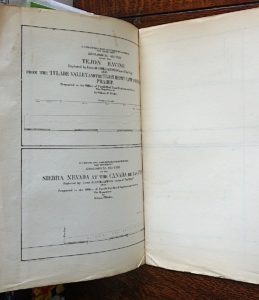
Geological section: Tejon Ravine, Sierra Nevada, 1853, credit Antiche Curiosità©
Geological section: Tejon Ravine, Sierra Nevada, 1853. This map shows two geological sections – the Tejon Ravine from the Tulare Valley and the Tejon Depot Camp to Taheechaypah Prairie, and the Sierra Nevada at the Canada de las Uvas. Produced in 1853 by William Blake, this map shows some of the results from the U.S. Pacific Rail Road Explorations & Surveys, as explored by R.S. Williamson, cm. 97 x 29.
Cod. P. 290.
The Sierra Nevada (/siˌɛrə nɪˈvædə, -ˈvɑːdə/, Spanish: [ˈsjera neˈβaða], snowy saw range[6]) is a mountain range in the Western United States, between the Central Valley of California and the Great Basin. The vast majority of the range lies in the state of California, although the Carson Range spur lies primarily in Nevada. The Sierra Nevada is part of the American Cordillera, a chain of mountain ranges that consists of an almost continuous sequence of such ranges that form the western “backbone” of North America, Central America, South America and Antarctica.
The Sierra runs 400 miles (640 km) north-to-south, and is approximately 70 miles (110 km) across east-to-west. Notable Sierra features include Lake Tahoe, the largest alpine lake in North America; Mount Whitney at 14,505 ft (4,421 m),[1] the highest point in the contiguous United States; and Yosemite Valley, sculpted by glaciers from one-hundred-million-year-old granite. The Sierra is home to three national parks, twenty wilderness areas, and two national monuments. These areas include Yosemite, Sequoia, and Kings Canyon National Parks; and Devils Postpile National Monument.
The character of the range is shaped by its geology and ecology. More than one hundred million years ago during the Nevadan orogeny, granite formed deep underground. The range started to uplift four million years ago, and erosion by glaciers exposed the granite and formed the light-colored mountains and cliffs that make up the range. The uplift caused a wide range of elevations and climates in the Sierra Nevada, which are reflected by the presence of five life zones (areas with similar plant and animal communities). Uplift continues due to faulting caused by tectonic forces, creating spectacular fault block escarpments along the eastern edge of the southern Sierra.
The Sierra Nevada has a significant history. The California Gold Rush occurred in the western foothills from 1848 through 1855. Due to inaccessibility, the range was not fully explored until 1912.[7]:81
https://en.wikipedia.org/wiki/Sierra_Nevada_(U.S.)
Tulare is located in the heart of the Central Valley, eight miles south of Visalia and sixty miles north of Bakersfield. The city is named for the currently dry Tulare Lake, once the largest freshwater lake west of the Great Lakes. The city’s mission statement is: “To promote a quality of life making Tulare the most desirable community in which to live, learn, play, work, worship and prosper.”[9] The Stockton seaport is 170 miles (270 km) away, and the Sacramento port is 207 miles (333 km) away. The Los Angeles and San Francisco ports are each approximately 200 miles (320 km) away, making Tulare a hub or central location for product movement.[10]
https://en.wikipedia.org/wiki/Tulare,_California


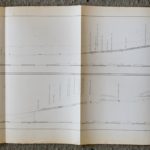


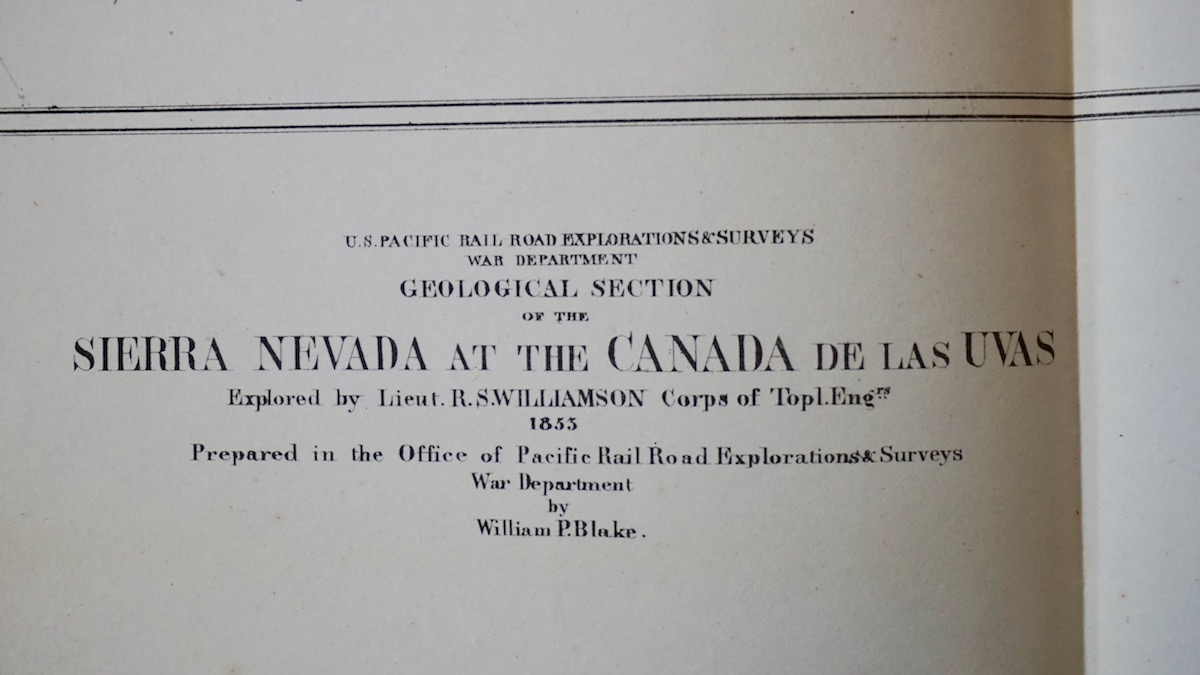

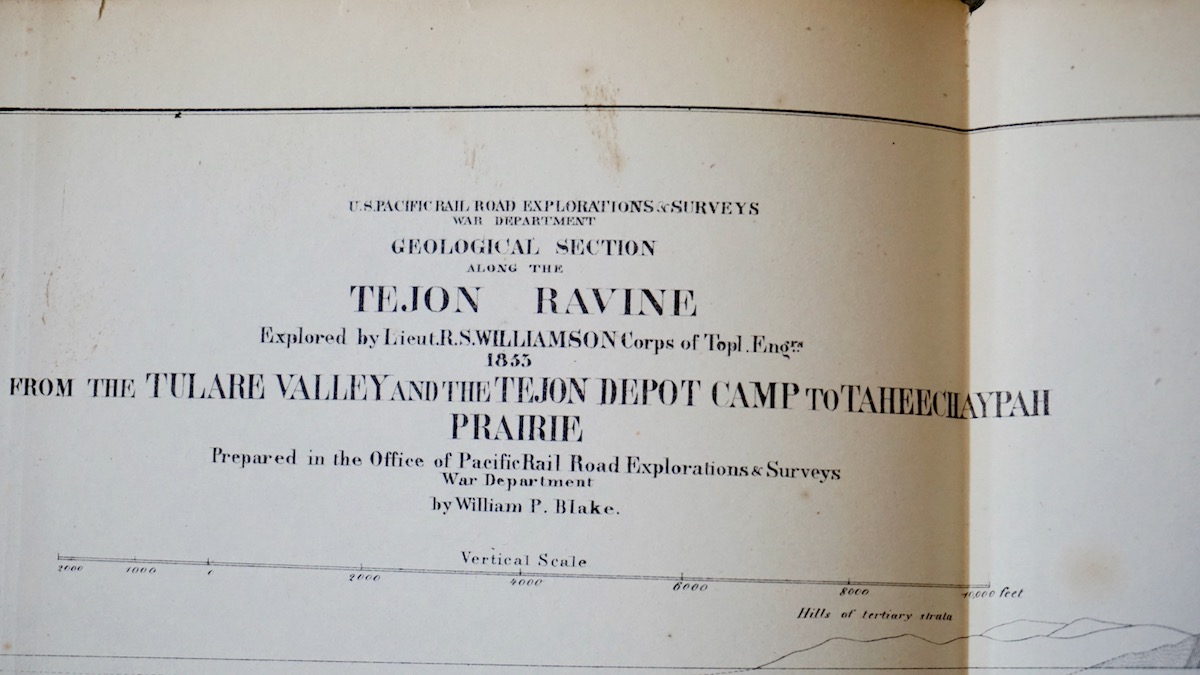


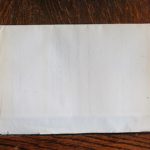
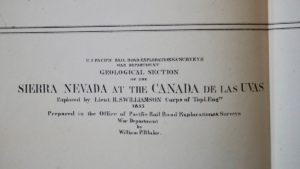
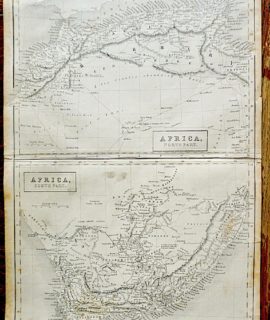

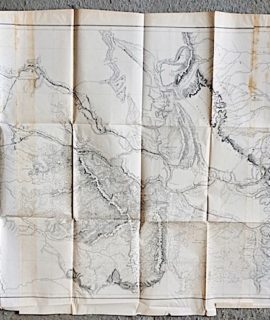
Reviews
There are no reviews yet.